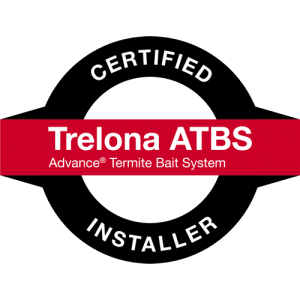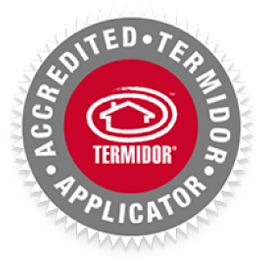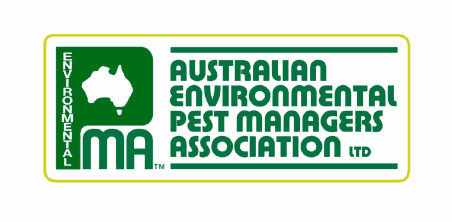Termites Cedarton, Brisbane Northside, Queensland
Termites have been our focus in Cedarton since Conquer Termites Northside started in 2006. With 8 local technicians we are regularly in Cedarton. Each of our technicians is expert trained, are family men and women with the latest termite detection equipment and hand picked for trust. 200+ 5 star reviews is demonstration that Conquer Termites Northside is the company to call about your termite problems. What’s more, we guarantee* it.
Direct your questions to us on 07 3356 8801 or complete our enquiry form.
Services for termites in Cedarton include:
Cedarton termite inspections
Termite barriers in Cedarton
Cedarton termite eradication
Pre purchase inspections Cedarton
Australian Standard pre-construction termite treatments for renovations and extensions
If you think you’ve got white ants in Cedarton then you have termites!
Call on Conquer Termites Northside for your termite and pest control problems on (07) 3356 8801
Cedarton Termites Inspections Data
Metric Rating (1 Low - 10 High)
Forestry index 9 - heavy parkland and forestry within the area
Water index 6 - more than average number of creeks and rivers
Paperbark index 8
Gumtree index 8
Density 1
Developed 1985 – 2005
Did you know this about Cedarton?
Cedarton is another locality of Moreton Bay. It has a record population of 292 as per 2011 census.










